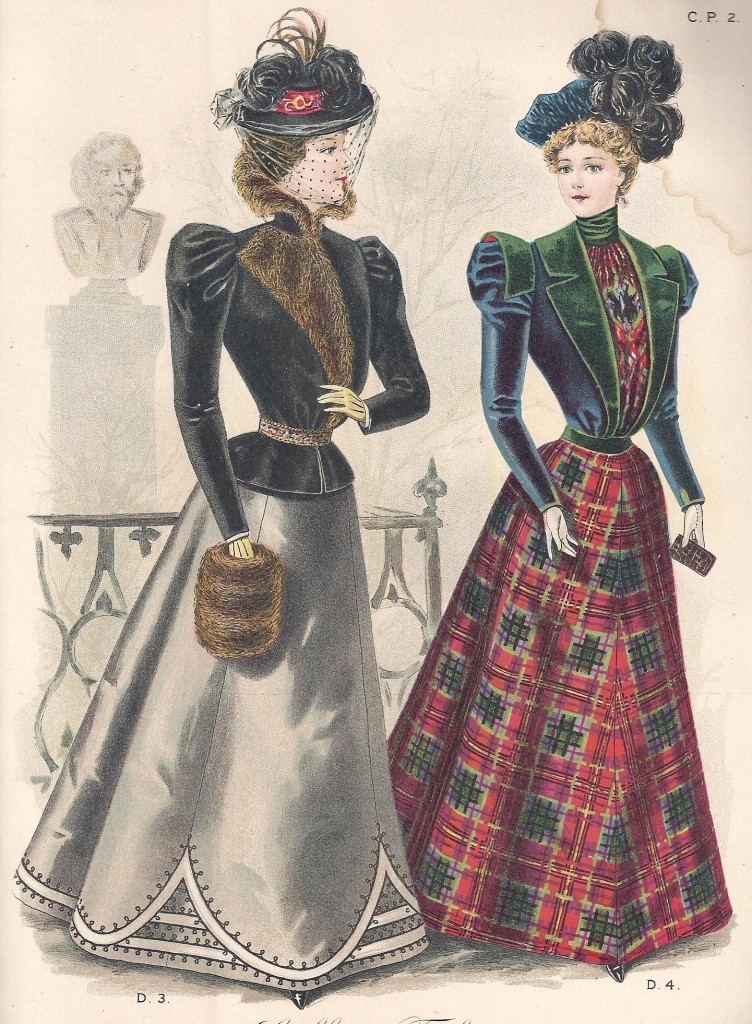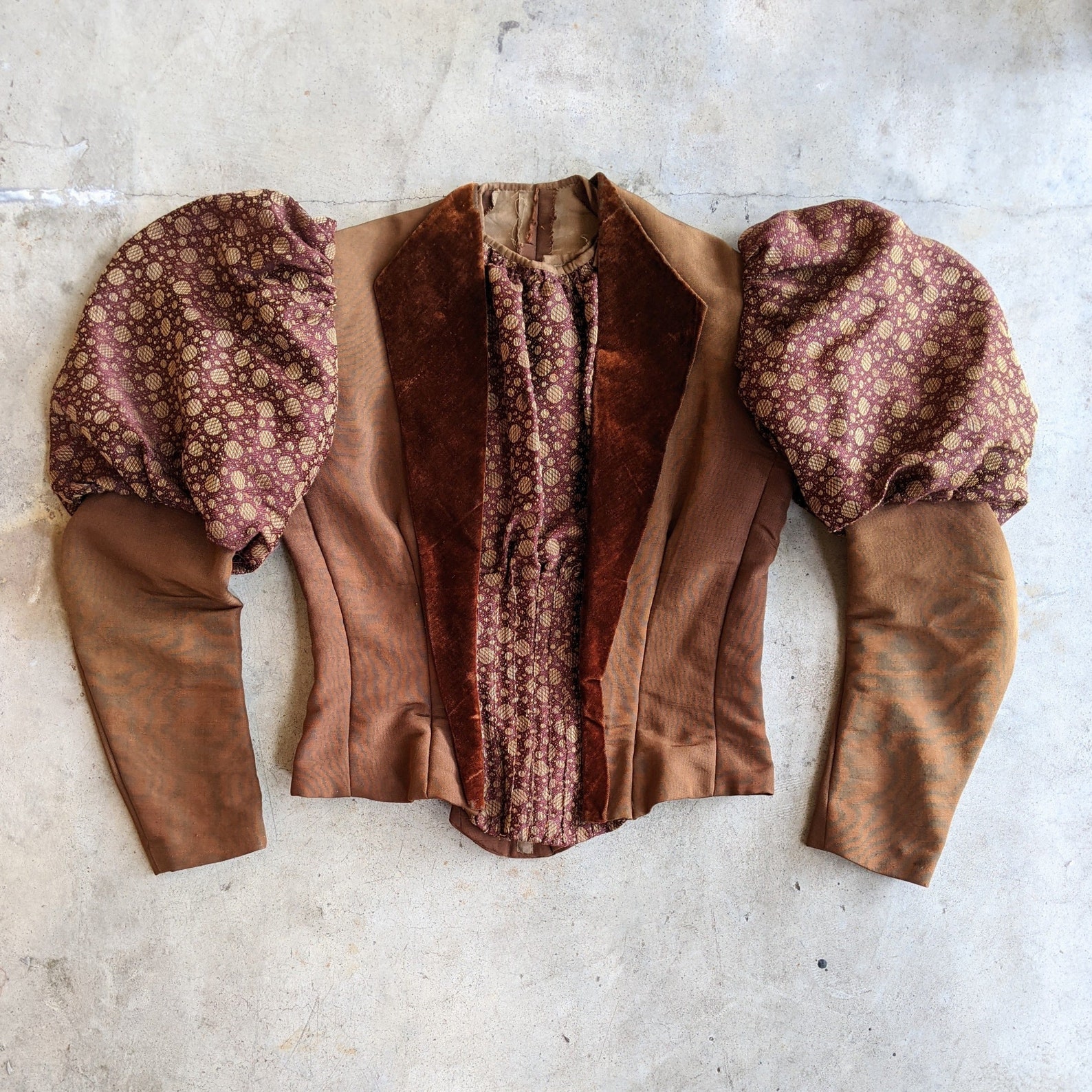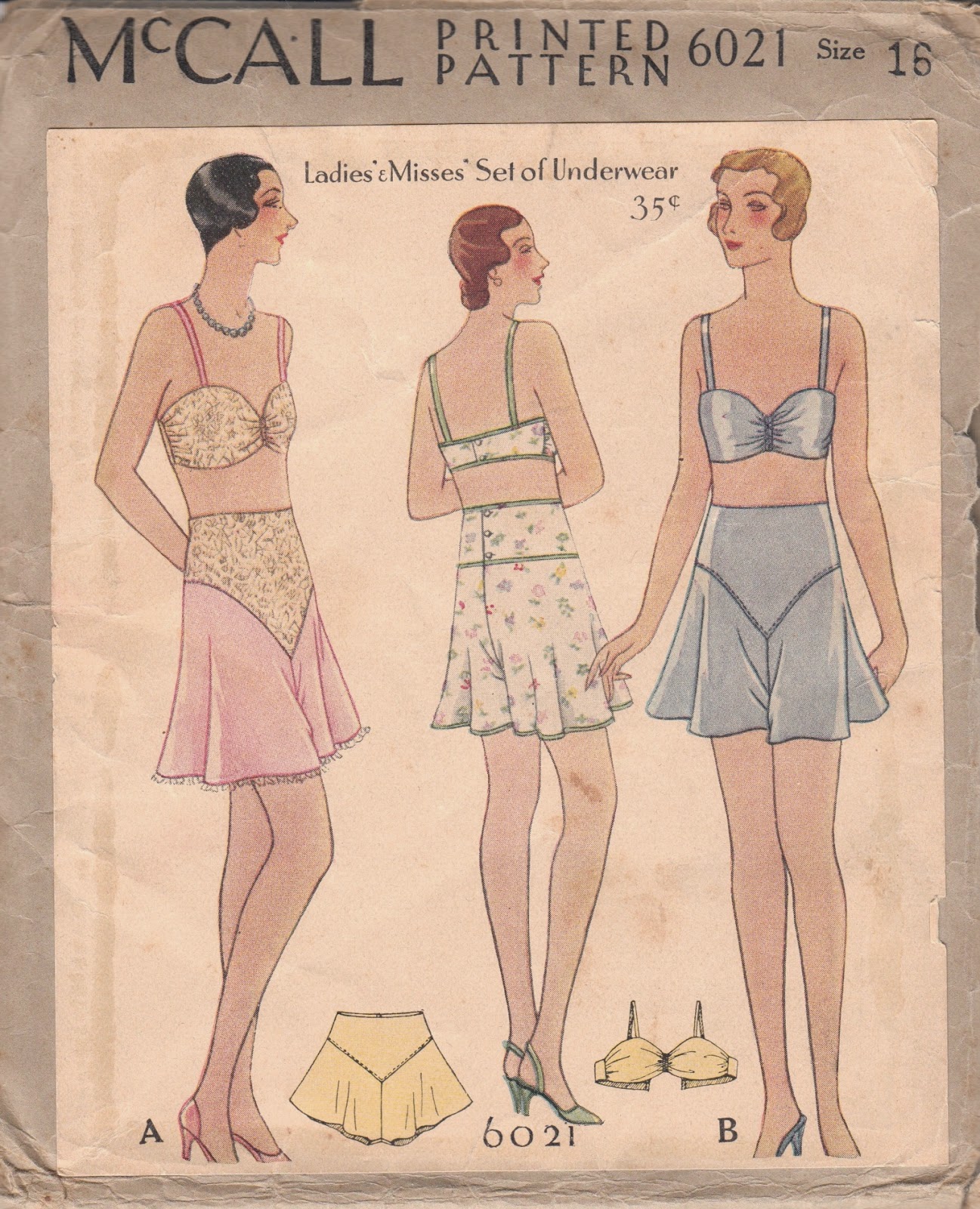A Winter 1898 Ensemble
After making a few different types of shirtwaists, my 1890s wardrobe was in desperate need of cold weather wear and the distinct, interesting bodices that were so prevalent. Seriously, late 1800s - early 1900s bodices are abundant on eBay and Etsy, in a wide variety of styles and fabrics. Many of these bodices make use of small amounts of contrasting fabrics and lush trims. They can match or coordinate with the skirts, and are an easy alternative to layering a jacket over a shirtwaist - you don't have to wrangle layers of sleeves!
Bodices from 1890-1900 commonly featured tall, stiff collars. They could close at center front, sometimes with a plastron or fabric panel that concealed the closure, or at the center back.
I was really intrigued by bodices with that center front plastron or contrast fabric framed by lapels.
 |
| The Delineator, May 1897 |
 |
| The Delineator, January 1898 |
 |
| The Delineator, July 1898 |
 |
| 1890s bodice on Etsy |
Even though it was mostly covered by accessories, the bodice was the centerpiece of my outfit. I'm working on a detailed video tutorial, but in the meantime here's a sneak peak.
I started with Laughing Moon 103 and modified the pattern heavily. My fabric stash directed the design of this bodice - the green wool, black velvet, and plaid silk scraps were all acquired at a local estate sale this summer. I would've liked to have more of the green wool to make a fuller sleeve cap, but instead had to use the simple sleeve of View D/E. The narrow sleeve, combined with the gentle narrow fullness of my walking skirt, makes this outfit appropriate for 1898-1900.
The bodice has a curved, pointed hem, which appears to have been called a "basque bodice" in period publications. The black velvet collar is detachable so that I can wear it on future bodices. The entire garment was sewn with historically accurate techniques, which I'm excited to share with you in my video tutorial coming soon.
 |
| The Delineator, September 1898 |
 |
| The Delineator, March 1899 |
On my head I wore a 1960s (?) black straw and chiffon hat that I attached ribbon ties to. The Sew Historically blog shares a few articles from the early 1900s which say that small, brimless hats and turbans are best for skating so that the wind doesn't catch the brim.
Despite the careful details, my bodice isn't perfect, especially with regards to fit. I think I need to change the placement of the bust pads and raise the waist stay a bit. The sleeves aren't as tapered as period illustrations, but they are thankfully wide enough so that I can wear a thermal underneath (I wore this outfit during an ice skating outing with friends in which I stood in the cold for hours taking photos - every layer of clothing is crucial!). I think I'll also raise my walking skirt at the waist, because whether I wear heels or thick-soled snow boots, the back of the skirt drags on the ground and there is only so much damage the hem facing and binding can protect from.










